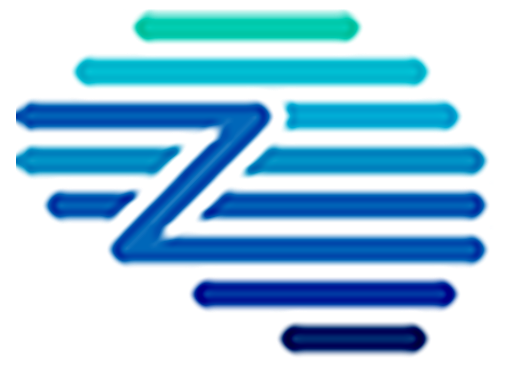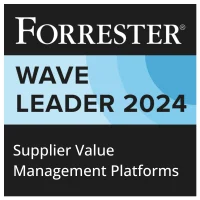Maverick Buying refers to the practice where employees make purchases outside of approved procurement processes and policies. This often occurs when purchases are made directly from non-preferred suppliers without proper authorization, leading to potential issues such as non-compliance with negotiated contracts, higher costs, and increased risk of procurement errors.
Key Benefits
Here are the key benefits of Maverick Buying broken down into detailed points suitable for a glossary entry:
– Cost Management: By reducing maverick spend, organizations can achieve significant savings, as spending compliance helps in securing better pricing through negotiated contracts rather than ad-hoc purchases.
– Increased Compliance: Maverick buying emphasizes adherence to procurement policies and agreements, ensuring that purchases are made within the framework of existing contracts, which in turn reduces non-compliance risks and potential penalties.
– Improved Supplier Relationships: Consistent and compliant purchases can improve relationships with preferred suppliers, who may offer better terms and reliability when procurement is predictable and policy-driven, rather than sporadic.
– Enhanced Spend Visibility: Managing maverick spend increases visibility into where and how money is spent, allowing for better oversight and strategic decisions. This visibility often leads to improved analytics and data-driven improvements in procurement strategies.
– Operational Efficiency: Addressing maverick buying can lead to a streamlined procurement process with less manual intervention, which reduces the administrative burden and potential for human error, therefore speeding up the overall procurement cycle.
These benefits highlight how managing maverick buying can significantly impact a company’s procurement strategy by reducing inefficiencies and enhancing value delivery.
Related Terms
Here are the key benefits of Maverick Buying broken down into detailed points suitable for a glossary entry:
– Cost Management: By reducing maverick spend, organizations can achieve significant savings, as spending compliance helps in securing better pricing through negotiated contracts rather than ad-hoc purchases.
– Increased Compliance: Maverick buying emphasizes adherence to procurement policies and agreements, ensuring that purchases are made within the framework of existing contracts, which in turn reduces non-compliance risks and potential penalties.
– Improved Supplier Relationships: Consistent and compliant purchases can improve relationships with preferred suppliers, who may offer better terms and reliability when procurement is predictable and policy-driven, rather than sporadic.
– Enhanced Spend Visibility: Managing maverick spend increases visibility into where and how money is spent, allowing for better oversight and strategic decisions. This visibility often leads to improved analytics and data-driven improvements in procurement strategies.
– Operational Efficiency: Addressing maverick buying can lead to a streamlined procurement process with less manual intervention, which reduces the administrative burden and potential for human error, therefore speeding up the overall procurement cycle.
These benefits highlight how managing maverick buying can significantly impact a company’s procurement strategy by reducing inefficiencies and enhancing value delivery.
References
For further insights into these processes, explore Zycus’ dedicated resources related to Maverick Buying:
- Maverick Buying: Ways to Identify & Stop Maverick Buying
- How to Enhance Data Accuracy with Automated Formula Validation
- 8 Common Mistakes to Avoid in Your Direct Procurement Process: Optimizing Efficiency and Minimizing Risk
- Source-To-Pay Transformation With AI And RPA – A study by ISM and Zycus
- Zycus Procurement Summit 2018: Transformation Strategies
White Papers
Master the UK Procurement Act 2023: Ensure Compliance & Drive Procurement Excellence

Filter by
Compliant Invoicing
Compliant Invoicing refers to the process of generating, submitting, and managing invoices in adherence with legal, regulatory, and contractual requirements.
Continuity Plan
A Continuity Plan is an organized set of policies and procedures designed to ensure that a company’s essential operations can
Cost Modeling
Cost Modeling in procurement refers to the analysis and estimation of the total cost of ownership of a product or
Contract Audit
Contract Audit is a systematic evaluation of agreements and related documentation to ensure compliance with contractual terms, identify discrepancies, and
Procurement Cycle
The Procurement Cycle refers to the end-to-end process through which an organization identifies its needs, sources suppliers, negotiates contracts, places
Procurement Master Data Management
Procurement Master Data Management is the disciplined approach to managing core, consistent procurement information, including supplier, product, and contract data,






















































